A brief history of the birth of photography
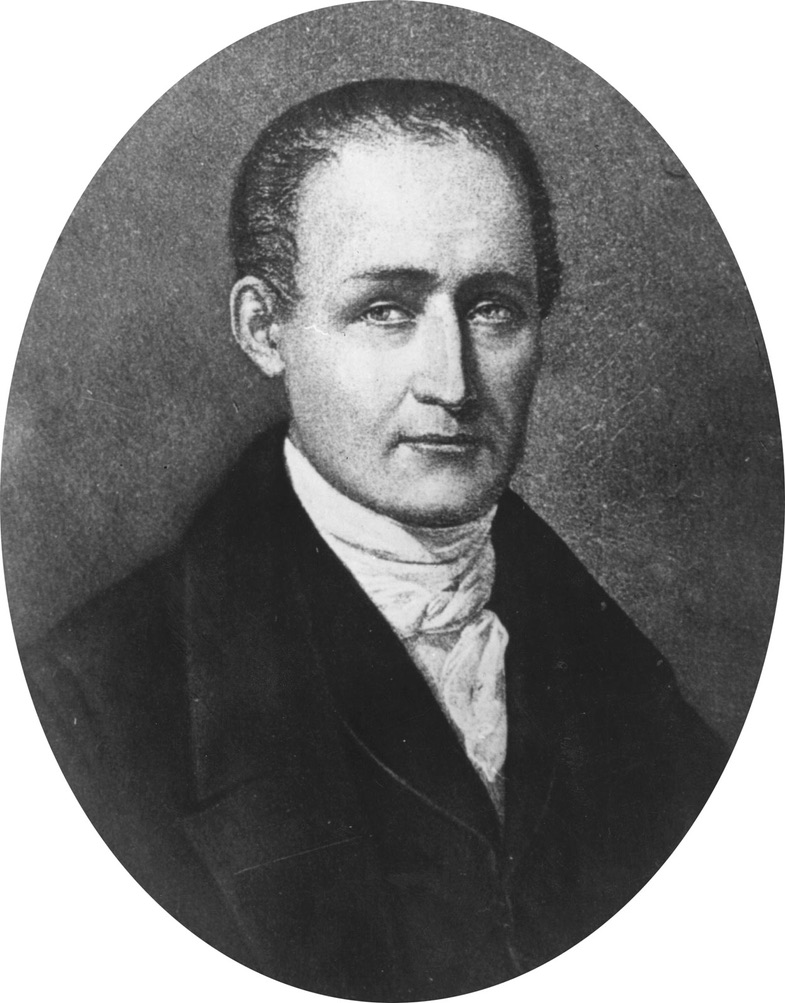
Joseph Nicéphore Niépce was a French inventor and photographer in the early 19th century. He worked alongside his brother Claude, who was also an inventor, and other collaborators such as Louis Daguerre who assisted him in creating the first photographs.
From 1816 – 1833 Niépce worked on making photography possible with his brother. Unfortunately, Claude became very sick in 1827 and eventually died in 1828. This encouraged Jospeh to work on their inventions even more and he started exploring the idea of using a pewter plate, bitumen oil, and other sunlight-sensitive substances with a camera obscura to make superimposed image engravings and called them heliography or sun-drawings. After years of trial and error, finally he perfected his Heliograph in 1827. Over time this process evolved into what it is today with the help of other inventors.
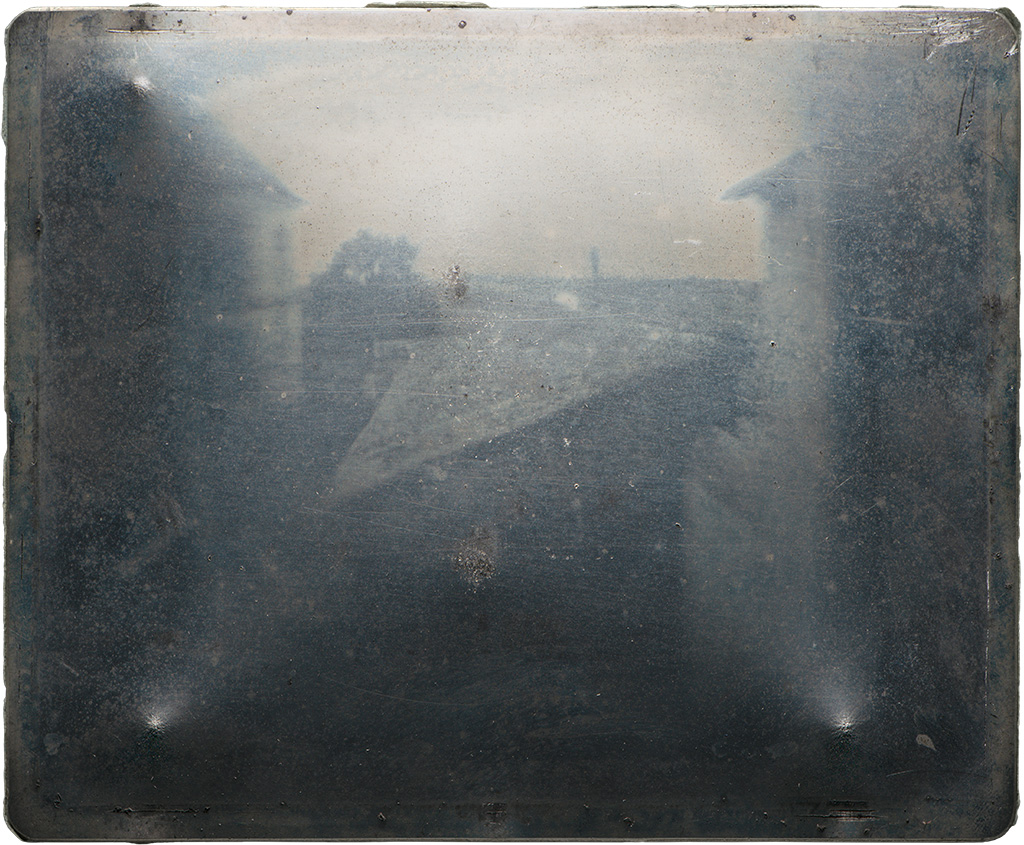
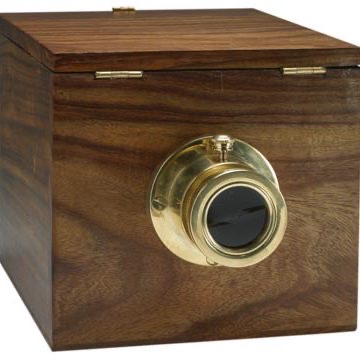
The Daguerreotype
One of the inventors who helped propel photographs into existence was Louis Daguerre. Who was a close friend and associate of Niépce. Unfortunately, shortly after his discoveries and partnership with Louis Daguerre Niépce died in 1833. Daguerre’s invention of the Daguerreotype in 1839 along with Niépces’ breakthroughs on photography he commercialized/ popularized photography and made the most effective method of creating photos at the time. However, Niecpe is still recognized as the official inventor of the Heliograph/photograph.

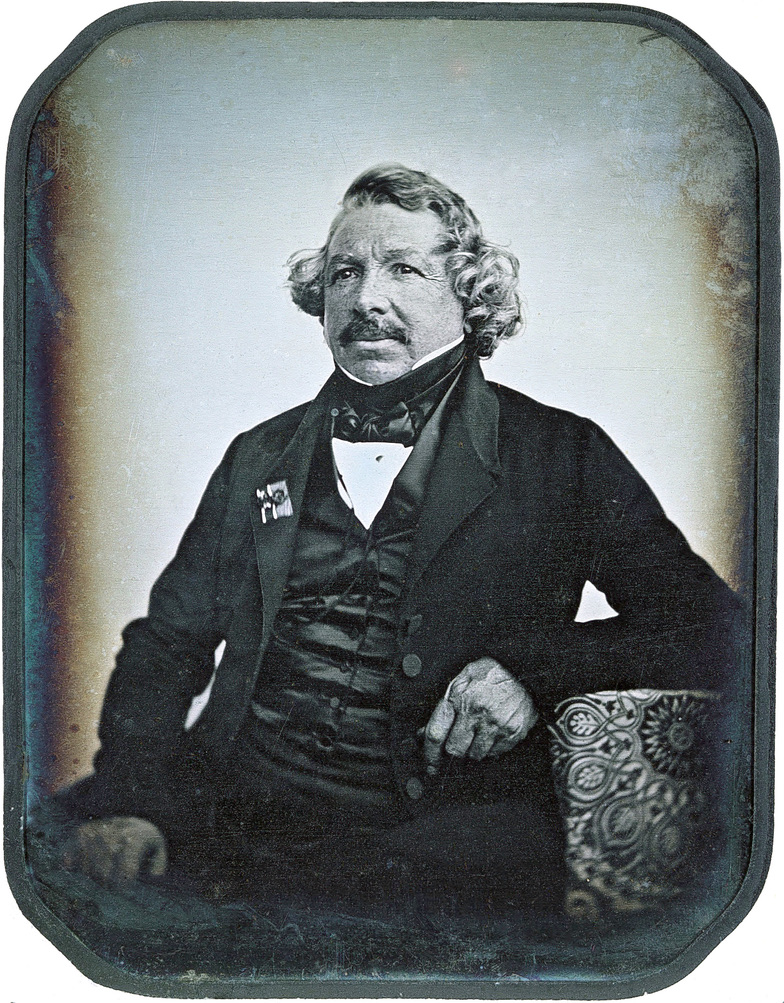
Capturing the Veiw
The first photographs taken were a little off. This photo, in particular (see image below), is peculiar because it was taken during the day of a bustling street in France from the window of Niépce’s apartment, but there are no cars and no people to be seen besides a man getting his shoes shined in the bottom lefthand corner. The reason for this is that the first photographs taken took significantly longer to process, in fact they took several minutes, unlike today when photos can be captured instantly. In the beginning stages of Nicepe’s experimentation with sun-drawing, the photos took over a day to develop. Because of this the cars and figures and windy trees are blurred or completely nonexistent in the photo since they weren’t in the frame long enough to fully develop.
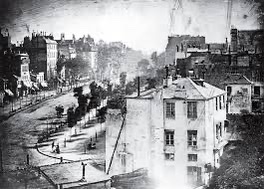
Sources:
Authors: Malcolm Daniel. “Daguerre (1787–1851) and the Invention of Photography.” The Met’s Heilbrunn Timeline of Art History, 1 Jan. 0001, www.metmuseum.org/toah/hd/dagu/hd_dagu.htm. Accessed 24 Oct. 2021.
“Louis Daguerre.” Encyclopedia Britannica, www.britannica.com/biography/Louis-Daguerre. Accessed 24 Oct. 2021.
“Nicephore Niepce | Biography, Inventions, Heliography, Contributions to Photography, & Facts.” Encyclopedia Britannica, www.britannica.com/biography/Nicephore-Niepce. Accessed 24 Oct. 2021.
“Niépce and the Invention of Photography.” Nicéphore Niépce’s House Museum, 17 Feb. 2021, photo-museum.org/niepce-invention-photography/. Accessed 24 Oct. 2021.
“The Niépce Heliograph.” Harry Ransom Center, www.hrc.utexas.edu/niepce-heliograph/. Accessed 24 Oct. 2021.
Leave a Reply